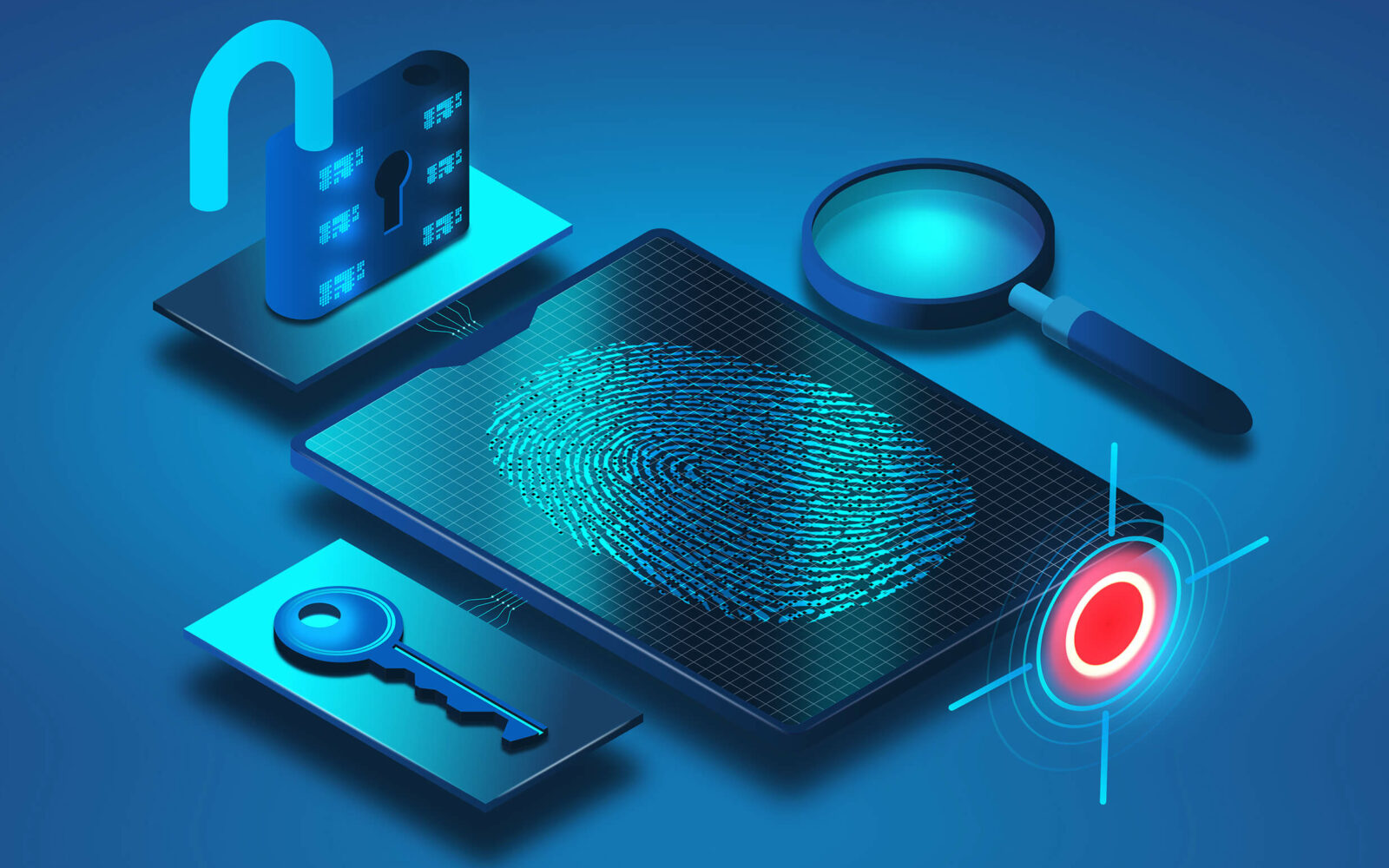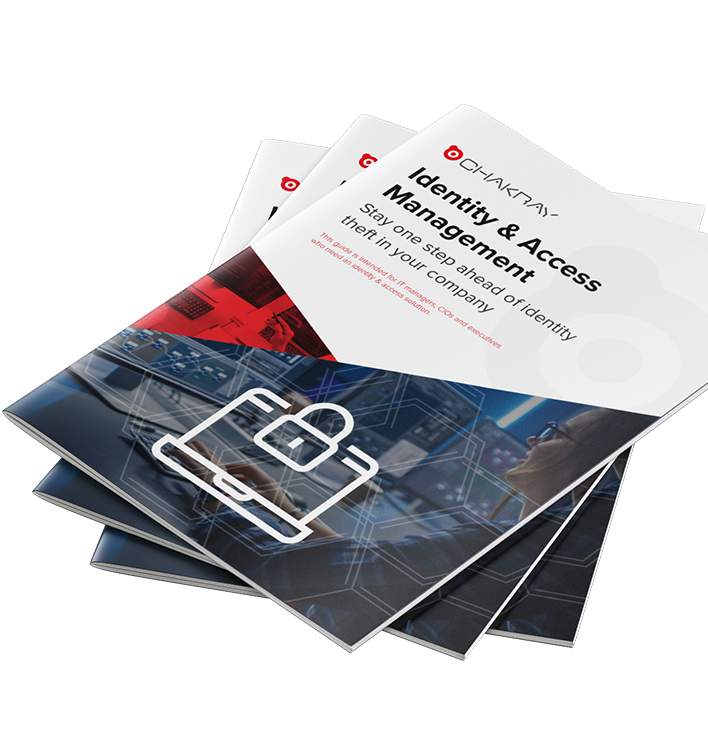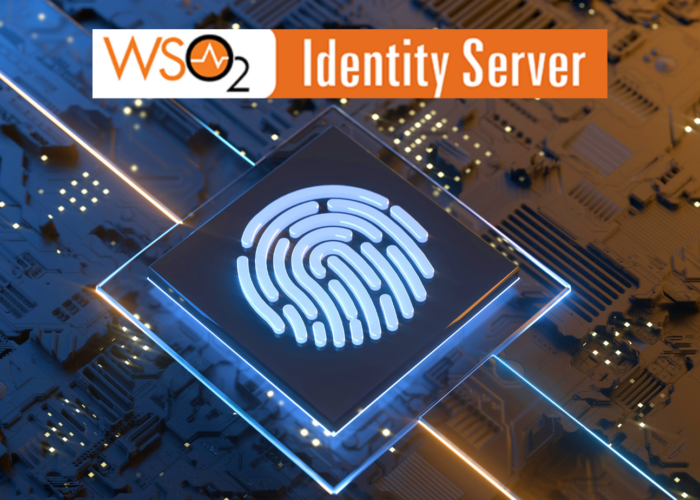Regardless of size, more and more companies are participating in the implementation of an identity management system. The ability to protect your data as a company and have control over user access to information creates an environment of greater convenience, transparency and total security in IT management. This is why identity and access management (IAM) is a crucial aspect of any organization’s cybersecurity strategy and why you need to be aware of trends and best practices.
Identity and Access Management (IAM) encompasses various activities, such as identity provisioning, authentication, authorisation, and auditing. It ensures that only authorised users can access sensitive information, and that their access is restricted to the minimum level required to perform their job functions.
As cyber threats continue to evolve, it is crucial to stay up-to-date with the latest IAM trends and best practices. In this article, we will discuss the top Identity and Access Management (IAM) trends and best practices that organizations should adopt to secure their systems and data.
Identity and Access Management Trends and Best Practices
Beyond the ability to control and manage a company’s access to IT, Identity and Access Management is a complex strategy that, due to its progress, offers new trends and practices every day.
Here are some of the top trends and best practices that are expected to shape the Identity and Access Management (IAM) landscape in 2023:
1. Implementing Identity-Centric Security
Identity-centric security an approach that prioritises the user’s identity as the primary control point for access to resources. This identity and access management (IAM) trend will continue to gain momentum in 2023 as organizations increasingly adopt cloud-based applications and services, and as remote work becomes more common. By focusing on identity, organisations can reduce the risk of data breaches and better protect sensitive information.
2. Increased Adoption of Artificial intelligence (AI) and machine learning (ML)
Artificial intelligence (AI) and machine learning (ML) will continue to play a significant role in IAM, particularly in areas such as fraud detection and risk assessment. These technologies can help to identify anomalous behavior and detect security threats in real-time, enabling organisations to respond quickly to potential security incidents.
3. Amplifying the need for Decentralized Identities
Decentralised identity is an emerging trend that seeks to give individuals more control over their digital identities. In a decentralised identity model, users can create and manage their own identities using blockchain technology, without relying on centralised identity providers. This approach can offer greater privacy and security for users, and reduce the risk of identity theft and fraud.
-This post might interest you: The big challenges for CIOs about identity management-
4. Zero Trust Architecture
The Zero Trust Architecture (ZTA) approach is gaining popularity as a means of improving security in the face of increasingly sophisticated cyber threats. ZTA involves continuous verification and validation of all users and devices attempting to access resources within a network, regardless of their location. ZTA mitigates the risk of unauthorised access to sensitive information by restricting access to only those who require it.
5. Incorporating advanced Multi-factor Authentication (MFA) for more security
Multi-factor Authentication (MFA) is becoming increasingly common in IAM solutions. This approach requires users to provide two or more forms of authentication to access a resource, such as a password and a fingerprint. MFA is a powerful tool for preventing unauthorised access to resources and is an effective way to mitigate the risk of data breaches.
6. Cloud IAM
Cloud IAM is rapidly gaining adoption as more organisations move their applications and services to the cloud. Cloud IAM solutions offer several benefits over traditional IAM, including scalability, flexibility, and cost savings. Cloud IAM solutions also provide more granular controls over user access to cloud resources, reducing the risk of unauthorised access.
7. IAM as a Service
IAM as a Service (IDaaS) is a cloud-based approach to IAM that offers several benefits over traditional on-premise solutions, including lower upfront costs, easier deployment and management, and greater scalability. IDaaS is ideal for organisations looking to reduce the burden of IAM management while still maintaining strong security controls.
Conclusion
IAM is a critical component of an organization’s cybersecurity strategy today. It doesn’t matter if they are large or small, since the handling of internal information must always be protected.
By adopting the latest IAM trends and best practices, organizations can reduce the risk of data breaches and better protect their sensitive information. Identity and Access Management (IAM) trends such as identity-centric security, ZTA, cloud IAM and MDM are essential to stay ahead of cyber threats, while Identity and Access Management (IAM) best practices such as MFA, RBAC, auditing and user education can ensure effective IAM policies and processes.
If you are thinking of implementing your Identity and Access Management strategy, doing it with the right technology partner will make the process much more bearable. In Chakray we have a group of expert consultants that will solve all your doubts and will support you before, during and after your implementation, contact us now and we will help you in your Identity and Access Management strategy for your business.








